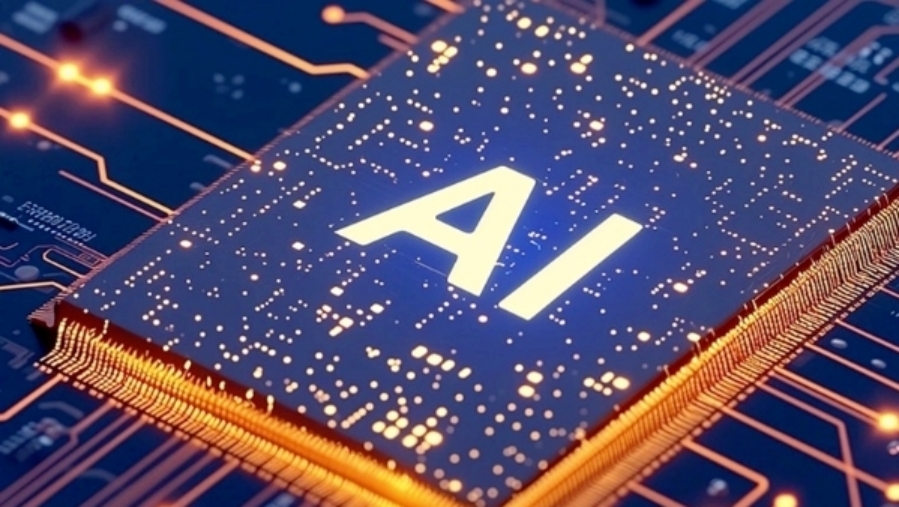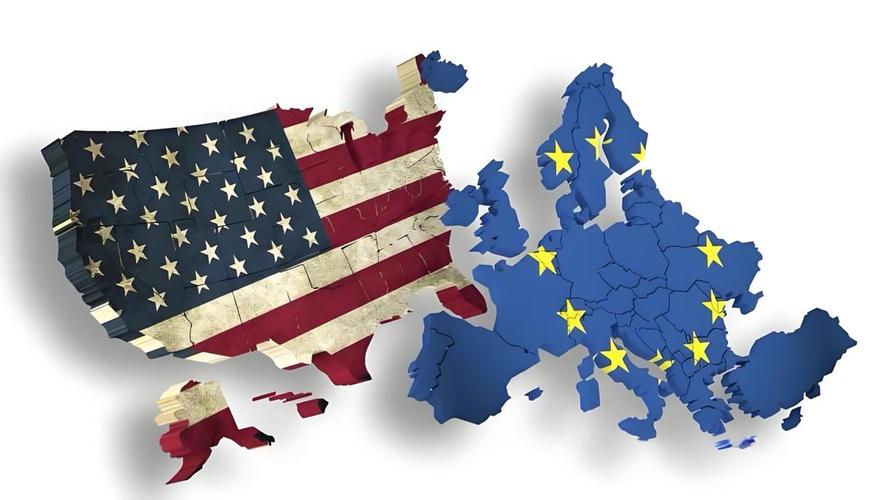
At a time when artificial intelligence (AI) has become a core global technology track, on September 22nd, the news that NVIDIA's CEO Jensen Huang announced plans to invest 100 billion US dollars in OpenAI to jointly build a large-scale data center quickly shook the technology circle and the investment community. This collaboration, which can be regarded as a "super marriage" in the AI field, is not only a strategic binding between the two giants, but also may set a new direction for the global AI industry's development. The technical logic, commercial value and industry impact behind it are worth in-depth analysis.
The core focus of this collaboration is the construction of an unprecedented AI data center. OpenAI plans to deploy at least 10 gigawatts (GW) of NVIDIA's AI computing system - a power output equivalent to the total power generation of four Hoover DAMS, sufficient to meet the electricity demands of over 8 million American households, and backed by millions of next-generation Gpus. From an industrial logic perspective, this is a deep complementarity between an AI hardware leader and a software innovation pioneer: NVIDIA, with its absolute dominant position in GPU chips and computing performance, provides the underlying computing power guarantee for the cooperation. As the developer of ChatGPT, OpenAI's strength in AI algorithm iteration and model innovation precisely requires such a huge computing power cluster to support the training and operation of the next-generation model. The combination of the two is equivalent to building a "strongest hardware foundation + most cutting-edge software engine" for AI technology, which can significantly shorten the cycle for technology to move from the laboratory to practical application and accelerate the implementation efficiency of AI in multiple fields.
From a business perspective, this cooperation is a typical "win-win layout" for both sides. For NVIDIA, the essence of the trillion-dollar investment is to lock in the long-term and stable demand for high-end chips. OpenAI's continuous reliance on computing power in the coming years will bring it considerable and certain revenue, further consolidating its monopoly position in the AI chip market. Even though competitors like AMD are accelerating their catch-up and cloud service providers are developing their own chips one after another, this deep binding has also built an insurmountable competitive barrier for NVIDIA. After the announcement, Nvidia's stock price rose by nearly 4% and its market value climbed to nearly 4.5 trillion US dollars, which also confirmed investors' recognition of its strategy. For OpenAI, collaboration has directly broken through two core bottlenecks in its development: The injection of hundreds of billions of dollars has provided it with sufficient R&D reserves, and NVIDIA's stable supply of advanced chips has also solved the key pain point of "insufficient computing power" in the iteration of AI models - as the complexity of the model increases, the demand for computing power grows exponentially. Previously, OpenAI has faced the problem of computing power shortage many times. This cooperation has completely cleared the hardware obstacles for its future technological exploration. At the same time, as a non-listed company, the binding with NVIDIA will also enhance its credit rating, reduce financing costs, and pave the way for its long-term development.
The impact of this collaboration goes far beyond the two enterprises; it will also reshape the competitive landscape of the global AI industry. On the one hand, it officially kicked off the "systematic arms race" in the AI field - future competition will no longer be a contest of individual model algorithms, but a comprehensive strength competition covering data center construction, energy security, and supply chain management. This signal has triggered a chain reaction. It is expected that global tech giants will increase their investment in computing power infrastructure one after another, and a new round of large-scale AI data center construction boom is about to come. On the other hand, this bundled model of "hardware monopoly + software leadership" has also put greater pressure on industry competitors: Chipmakers like AMD need to accelerate technological breakthroughs to compete for market share, while AI model developers such as Cohere and Mistral may find themselves in a more passive competitive situation due to the rising cost of obtaining computing power and the widening technological gap. The trend of global AI resources concentrating in leading enterprises may further intensify.
Of course, this trillion-yuan cooperation is not without challenges. From a technical perspective, the construction of ultra-large-scale data centers involves complex issues such as hardware compatibility and system stability. Both sides need to overcome multi-dimensional technical difficulties to ensure efficient operation. At the business level, AI technology is evolving rapidly and market demands are highly variable. The uncertainties in the coming years may affect investment returns. At the social level, the high energy consumption of a 10-gigawatt computing power center will bring carbon emission pressure, and the ethical controversies and data security issues triggered by the rapid development of AI technology also need to be addressed simultaneously by both sides when promoting cooperation.
Overall, the multi-billion-dollar collaboration between NVIDIA and OpenAI is a significant milestone in the history of AI development. It not only opens up new growth space for the two giants, but also may drive the global AI industry to move from "decentralized innovation" to a new stage of "collaborative breakthrough". In the future, how to balance technological progress and risk prevention and control, and enable AI to better serve human society, will be the key to whether this "super cooperation" can truly usher in a new era, and its subsequent developments will continue to affect the nerves of the global technology industry.

Since 2025, the conflict between the United States and Europe over the governance of the digital economy has continued to escalate.
Since 2025, the conflict between the United States and Euro…
When German Chancellor Mertz officially announced that he w…
On December 3rd local time, the copper price on the London …
The European Commission announced a new economic security s…
The European Commission announced a new economic security s…
For nearly a year, US President Donald Trump has launched a…